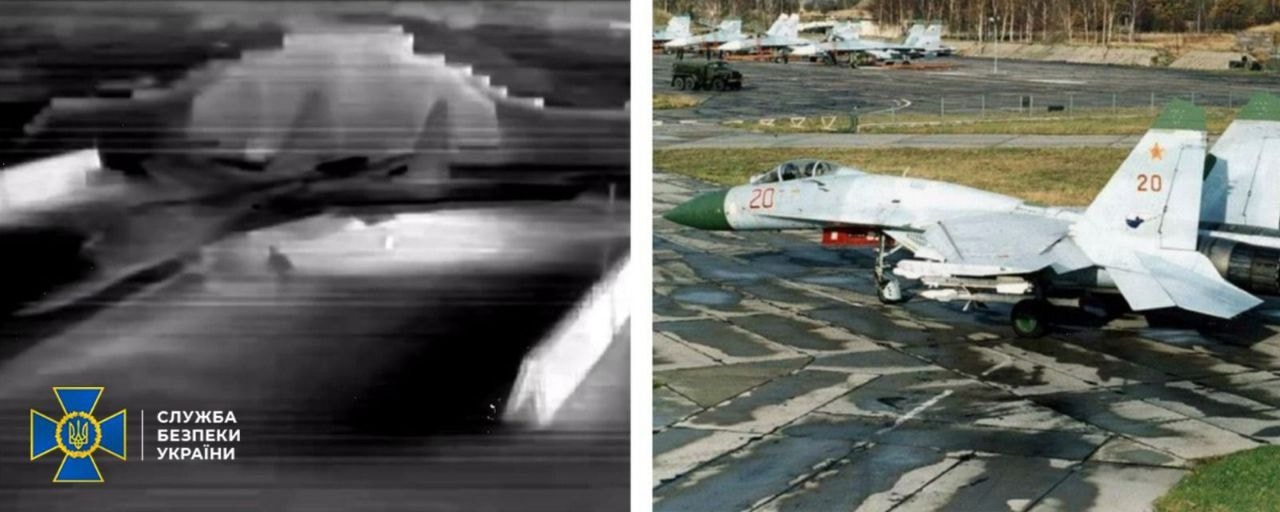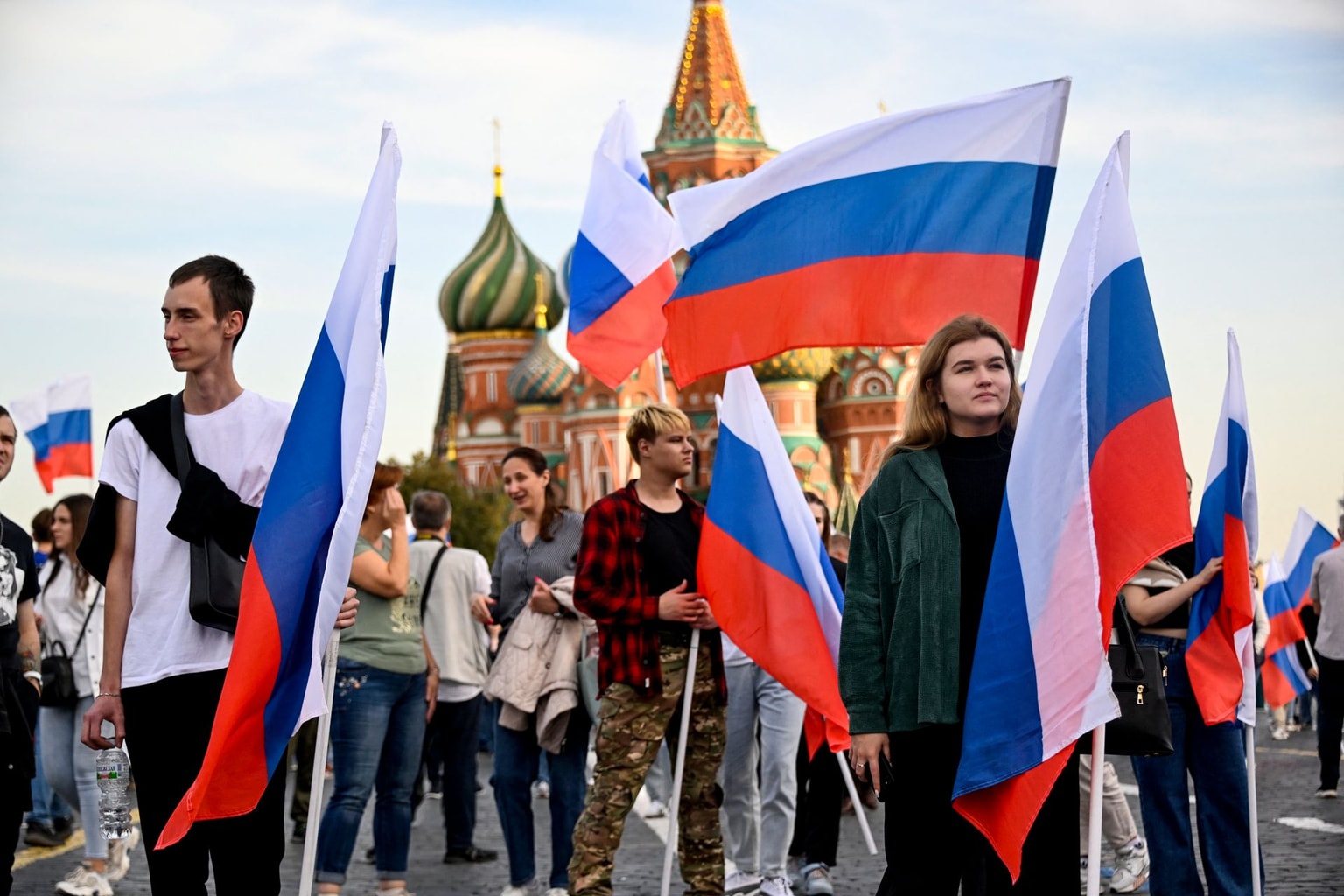India is aiming to increase exports to Russia after Modi-Putin meeting, Reuters says

India is exploring ways to increase its exports to Russia, including by encouraging rupee-ruble trade and pushing Moscow to remove non-tariff barriers, after Indian Prime Minister Narendra Modi met Russian President Vladimir Putin, Reuters reported on July 15.
Growing Russian exports to India accounted for $61.43 billion of the $65.7 billion trade between the two states in the last fiscal year ending in March.
While trade between the two countries grew by one-third year-on-year, Indian exports of pharmaceuticals, machinery, and other goods to Russia remained almost unchanged.
"When we are looking at Russia, we are looking at how both countries can gain by better trade relationships," Indian Trade Secretary Sunil Barthwal said during a press conference.
"We are looking at various sets of commodities, for example, electronics, engineering goods, and other items where there can be exports."
The Indian government has asked Russia to consider changing some non-tariff barriers for Indian food products, according to Barthwal.
New Delhi is also encouraging rupee-rouble trade that has failed to take off, he said.
Since the start of the full-scale invasion, the two countries have been trying to increase trade in rubles and rupees, as many Russian companies and businesses have been subject to Western sanctions.
Moscow and New Dehli failed because the Indian currency is not one of the most used in the world, and Russia does not want to amass it, Reuters said.
Indian Prime Minister Modi arrived in Moscow on July 8 in what was his first trip to Russia since the beginning of the full-scale invasion of Ukraine.
By the end of Modi's two-day visit, the two countries had identified nine key areas for closer cooperation, ranging from nuclear energy to medicine. They also aim to increase bilateral trade by more than half to reach $100 billion by 2030, according to Reuters.
New Delhi has been calling for a diplomatic solution to Russia's war against Ukraine while at the same time fostering close economic ties with Moscow.
India became one of the chief buyers of Russian oil following Western sanctions, although pressure from U.S. sanctions increasingly threatens this trade.












